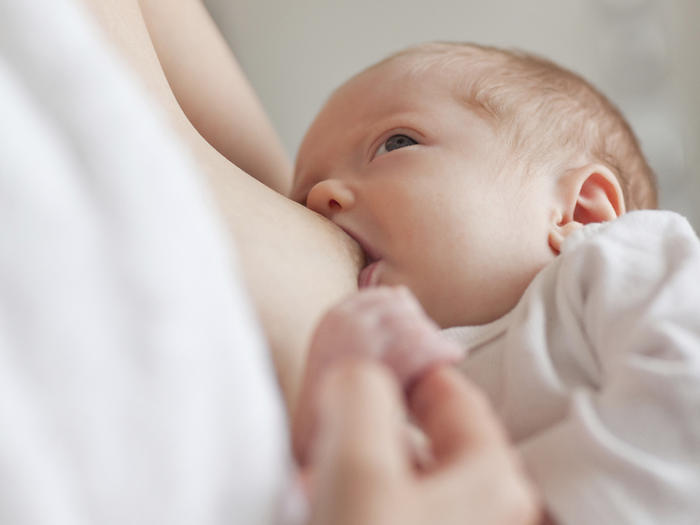Everything you wanted to know about this milk…
The human body is a truly amazing machine! It’s designed to produce not only the energy you need to stay alive, but it actually produces the food your baby needs. Breast milk is a wonderful source of nutrients, fats, calories, and antibodies. You’ll find that breast milk contains everything your child needs to survive and grow.
Breast milk comes in two forms: foremilk and hindmilk. Here’s what you need to know about the former:
- Foremilk is the first of the milk produced. It’s the same as hindmilk, just with a much lower fat content.
- Foremilk has a higher lactose content than hindmilk. It’s a great source of energy for a newborn child.
- When your breasts produce a lot of milk, the child may fill up on foremilk before the levels of foremilk and hindmilk equalize. This can lead to difficulties with lactose digestion.
- The lactose in foremilk is vital for the development of your child’s brain, as well as their growth.
- Babies never have to worry about lactose intolerance, as their bodies are created to drink the milk. Foremilk will not have a negative effect on their bodies.
- A high volume of lactose (found in foremilk) can strain the baby’s digestive system. If your baby’s stools are green and watery, it’s a sign they’re drinking too much foremilk.
- The more time that passes between feedings, the higher the foremilk content. The fat cells in the richer hindmilk cling to the walls of the milk ducts. This is why foremilk is so much more watery than hindmilk.

READ MORE: 10 Foods to Avoid During Breastfeeding
- The transition from foremilk to hindmilk is very gradual. It’s not that your child goes from drinking one milk to another. Foremilk is the first of the milk produced, and hindmilk is the last of it.
- The fat content of the milk increases as the child feeds, and the production of milk also increases.
- Inversely, the flow and volume of the milk decreases as the child nurses.
- If you switch the child between breasts while nursing, they may not get to the hindmilk. This means they will likely end up ingesting a lot of lactose. While their bodies are designed to absorb and utilize lactose, they need the fat from the hindmilk to balance it out. It’s best to let the child drain the milk fully from one breast before moving on to the other.
- Feeding your child soon after nursing means there will be a higher fat content, ergo hindmilk. If hours pass between each feeding, the lactose content is higher, ergo foremilk.
- Foremilk is as nutritious as hindmilk. It still contains all the antibodies your child needs to be healthy. It just has a lower fat content than hindmilk.
- If your child is filling up on milk quickly, they may be getting more lactose than fat. For mothers of children who eat less, it may be a good idea to cut back on your lactose intake. A reduction in lactose intake will lower the lactose content of your breast milk enough that it shouldn’t negatively affect your child.
Foremilk is a wonderful source of nourishment, and it plays a very important role in your child’s overall health. Just because it has a lower fat content, that doesn’t make it any less valuable than hindmilk. It’s vital for your child’s cognitive development and physical growth. It’s definitely a good thing, something you want your baby to drink a lot of!








